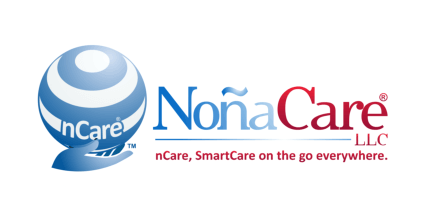
Did you know that if you lift loads improperly, you put your back at risk? Back injuries are mostly caused by lifting objects or people in the wrong way. If you’re providing in-home care for a family member who needs constant lifting, you will want to know these tips. As the leading home health agency in Bridgewater, Massachusetts, our experience in the field gives us the upper hand on the proper elements to keep in mind when lifting loads, whether it is a person or a heavy object.
Check out our ten-point list:
- Think and plan
Before lifting your patient, plan how you’re going to go about it. If ever you need to go through a hallway, ensure that these passages are clear from obstruction. If you need assistance, go and get one. - Keep them close
When you’ve lifted your patient, keep them close to your body. Ideally, keeping them close to your waist level reduces the pressure at your back. The heaviest part of your load should be leaned close to your body so that you can lift it properly. - Stand steady
As soon as your patient is lifted, make sure you’re standing steady. Stand with feet apart to maintain your balance. Make sure that your footwear is flat, as high heels can make balancing more difficult for you. - Hold properly
Make sure that you’re holding your patient or load properly. If possible, hug the load so close to you so that you can really exert more strength in lifting and you can endure for a longer period. - No bending of back
When the load is on your hands, don’t bend your back at all. This can be risky for you. The ideal time for you to bend would be before lifting the load, but you should be bending your knees and hips. If you do need to bend your back, do so slightly. - No twisting
If you’ve lifted the patient, don’t twist suddenly. Doing so can put a major strain on your back. If ever you need to make a turn, let your feet move first and then turn your body slowly. - Look forward
When you need to move your patient or load to another location, make sure you’re looking forward as soon as your hold is already secured. Keep your head high so that you can see what you’re passing on. You wouldn’t want to risk a stumble just because you don’t watch where you’re going. - Move slowly
In transferring your load, don’t be hasty with it. Take your time to ensure that no accidents happen. This is why you have to make sure that your load is already secured on your arms. - Know what you can carry
Make sure that you can really handle the weight of your patient. If you’re not sure about lifting them, you can always ask for the help of our team at NonaCare, LLC. Lifting patients is part of our acquired skills and professionalism. Only lift what your strength can handle. - Put down slowly
When it’s time for you to put down your load, do so slowly. Make sure that you will also adjust your position to make it convenient for you and the load to settle safely. If you need to bend your knees, do so but slowly.
If you’re the family’s primary caregiver, all the more that you should take good care of your back. In this way, you can still attend to your loved one’s needs while you’re in your best condition. Do you find this post helpful? Then go ahead and share this with a friend who would need these tips.


Leave a Reply